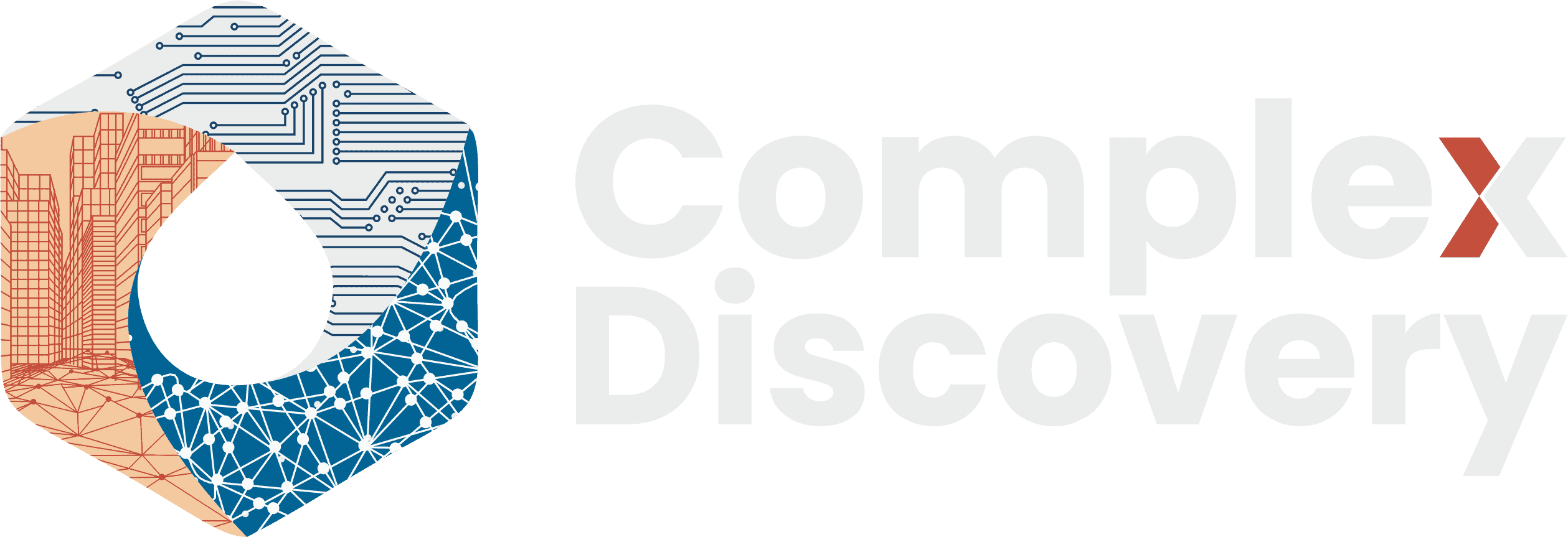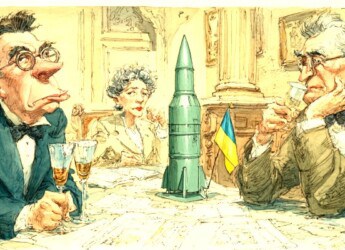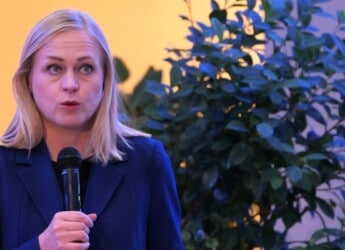Editor’s Note: In a landmark decision that challenges the European Commission’s transparency standards, the General Court of the European Union has ruled against Commission President Ursula von der Leyen over her undisclosed text communications with Pfizer CEO Albert Bourla during the COVID-19 vaccine negotiations. This judicial rebuke—stemming from The New York Times’ lawsuit seeking access to these texts—raises urgent questions about institutional accountability, especially concerning digital correspondence by high-ranking officials. For cybersecurity, information governance, and eDiscovery professionals, this ruling underscores a growing imperative: ephemeral communications must now be evaluated through a regulatory lens that may soon encompass all official digital exchanges, regardless of format. The evolving legal landscape signals significant ramifications for how public entities define, preserve, and disclose digital records.
Content Assessment: EU Court Rebukes Von der Leyen Over Pfizer Texts in Transparency Ruling
Information - 93%
Insight - 90%
Relevance - 90%
Objectivity - 88%
Authority - 91%
90%
Excellent
A short percentage-based assessment of the qualitative benefit expressed as a percentage of positive reception of the recent article from ComplexDiscovery OÜ titled, "EU Court Rebukes Von der Leyen Over Pfizer Texts in Transparency Ruling."
Industry News – Data Privacy and Protection Beat
EU Court Rebukes Von der Leyen Over Pfizer Texts in Transparency Ruling
ComplexDiscovery Staff
In a critical judiciary development, the General Court of the European Union has ruled against the European Commission’s President, Ursula von der Leyen, over her use of private communication in securing COVID-19 vaccines. This case, informally referred to as ‘Pfizergate,’ pivots on von der Leyen’s private text exchanges with Albert Bourla, Pfizer’s CEO, while negotiating a significant vaccine procurement during the COVID pandemic. In a decisive move, the Court held Brussels accountable for denying transparency in these communications.
The core of this legal skirmish was a lawsuit filed by The New York Times in 2023, pressing for the disclosure of text messages exchanged between von der Leyen and Bourla. The demand came after Brussels failed to produce these texts following a freedom of information request, arguing they were not archived as they lacked substantive content. However, this defense floundered before the judges, who criticized the European Commission for failing to provide a plausible explanation regarding the non-existence or deletion of such messages, underscoring a potential neglect in transparency obligations.
This litigation underscored a pivotal question about whether exchanges through text messages between high-ranking EU officials and private corporations should be classified as official documents under current EU transparency statutes. Von der Leyen’s negotiations through ephemeral messaging not only sparked legal challenges but have reignited discussions around EU governance and transparency. The judgment follows calls from various entities, including the European Court of Auditors and the European Ombudsman, criticizing the Commission’s approach to transparency.
At the discretional heart of this controversy lies the Commission’s argument. It contends that not all communications, particularly those not deemed significant, need recording or archiving. This stance falls into the realm of the court’s latest ruling, which vehemently challenges this perspective by advocating for a broader definition of what constitutes a document within public administrations. Experts have opined that the court’s decision could potentially redefine the expectations around official documentation, impacting how EU bodies handle records, particularly digital conversations.
Päivi Leino-Sandberg, a Finnish law professor specializing in EU transparency, has pointed out that the case highlights a broader issue surrounding institutional accountability. By avoiding transparency, the Commission may inadvertently erode public trust. Such cases palpably illustrate the tension between administrative efficiency and public accountability, particularly when technology intersects with policy facilitation.
While von der Leyen’s swift actions were initially praised for accelerative decision-making amidst a global health crisis, the opacity of the processes now subjects the Commission to heightened scrutiny. The incident and its subsequent legal fallout have notably strained the Commission’s efforts to portray itself as a beacon of democratic governance and integrity.
With the possibility of appealing the ruling, the outcome places a renewed emphasis on the principles of transparency and accountability within the EU governance framework. The implications of the court’s decision extend beyond this singular incident, aggravating ongoing deliberations about the necessity for robust transparency measures within digital communication domains carried out by public officials.
The European Commission, as it navigates this ruling, maintains that it will study the judgment thoroughly before deciding on subsequent actions. It continues to assert a commitment to transparency, though this incident undeniably casts a discerning light on the practices within its executive chambers. As of now, the ruling does not negate the potential for further litigation, suggesting an evolving landscape in transparency policies at the EU level.
News Sources
- European court reverses Von der Leyen’s decision to hide controversial messages about the Pfizer vaccine purchase (ARA)
- ‘Pfizergate’ verdict: EU Commission wrong to block access to von der Leyen’s secret texts (POLITICO)
- Judgment day in EU chief’s Covid vaccine texts case (Digital Journal)
- European Commission loses court case over Pfizer text exchange (FTM)
- CURIA – Judgment of the General Court (Grand Chamber)
Assisted by GAI and LLM Technologies
Additional Reading
- From Dublin to Beijing: The Global Fallout of TikTok’s GDPR Breach
- Legal Battles and Data Privacy: Roku and Snap Inc. Under Scrutiny
- Confronting Gmail’s New Encryption and the Rising Tide of Phishing Threats
- From Consent or Pay to AI Oversight: EDPB Expands Its Regulatory Reach in 2024
Source: ComplexDiscovery OÜ








































